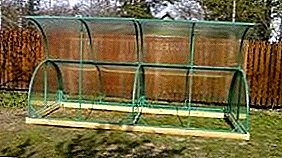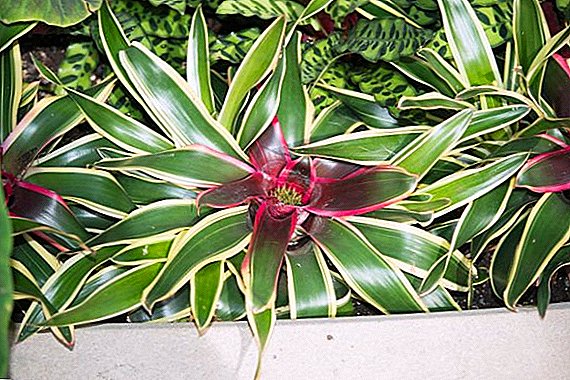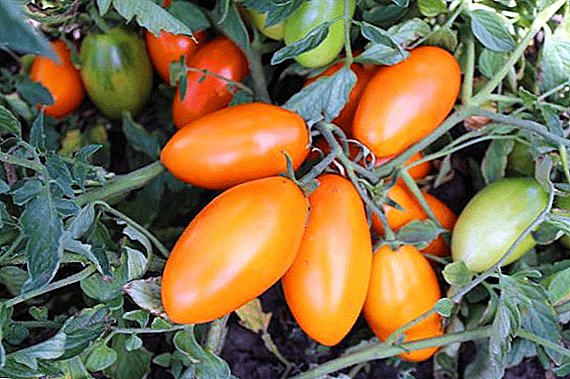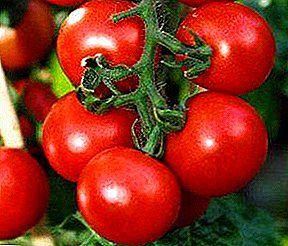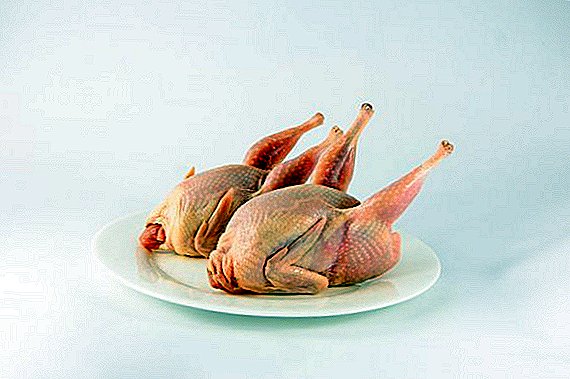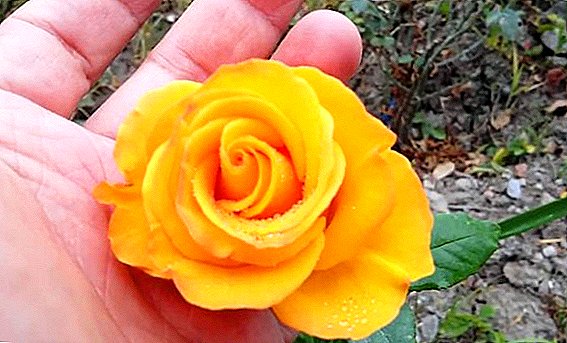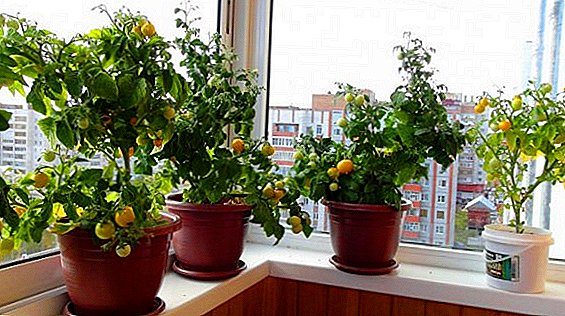
Cucumbers - quite demanding culture, sensitive to watering, feeding, care.
Particular attention should be paid to seedlings. For successful development, young plants dive, and then transplanted to a permanent place of residence.
When moving seedlings, it is important to act as carefully as possible, being careful not to damage the fragile roots.
Pickups: Does she need?
Called a pick transfer of sprouts grown in a common container to individual pots. The operation is associated with risk: thin, weak roots are easily damaged, after which the growth of seedlings slows down.
IMPORTANT! Severely injured plants may die.
That is why many gardeners prefer to abandon the picks in favor of planting seeds in individual cups. However, the classic picks a lot of supporters. They claim that correctly performed transplanting of cucumber seedlings has a lot of advantages:

- Diving cucumber seedlings slightly retards the growth of seedlings, prevents them from pulling. Plants begin to develop the root system, which has a positive effect on future harvest.
- Transfer allows you to save scarce space on the windowsill or balcony. Only strong and healthy plants are moved to pots, frail or ugly can be rejected.
- Early picking doesn’t cause much harm to the roots, plants adapt quickly to a new place.
To make the procedure painless, it is important to hold it as early as possible. Over developed roots are easier to damage. In addition, they can interlace with each other, after which it will be impossible to divide the plants.
Preparation for the pick
Before picking you need to prepare nutrient soil for seedlings. It is best to use a substrate in which the seeds were sown, the plants adapt much faster. Each gardener has his own recipe of the soil. Beginners can try one of the following options:
- a mixture of garden soil with old humus and a small portion of washed river sand;
- sod land with sawdust and peat;
- garden soil mixed with compost and a small portion of perlite or vermicult.
For transplanting suitable small containers made of plastic, film or paper.
Ready peat cups with a diameter of not more than 10 cm are convenient.
Too large containers soil acidifies, provoking root rot seedlings. Drainage holes are made in tanks, then cups or pots are placed on a deep tray. Read more about various growing tanks.
How to transplant cucumber seedlings correctly?
The ideal time for picking is the full unfolding of cotyledon leaves.. During this period, the plant is full of strength, the roots are not very developed and are practically not damaged when moved.
 If the saplings failed to dive in time, the operation can be carried out after the first pair of true leaves has been unrolled. Special care must be taken not to damage adjacent plants that may be intertwined with roots.
If the saplings failed to dive in time, the operation can be carried out after the first pair of true leaves has been unrolled. Special care must be taken not to damage adjacent plants that may be intertwined with roots.
On the eve of the move cucumbers in a container well watered. If this is not done, thin roots can be easily cut off during transplantation. Pots for seedlings are filled with the substrate in advance, the soil is crushed, and deep holes are made in it.
How to transplant cucumber seedlings? The seedling is gently hooked by a narrow spatula. Instead, you can use a wooden peg or an ordinary table fork. It is important to extract the sprout from the ground with a small lump of earth.rooted in roots.
The plant is placed in the hole and gently watered with warm water along the stalk to the roots. They should not bend, it slows the growth of cucumbers. Sprout is filled with soil, lightly crimped fingers.
The soil is abundantly sprayed with warm water and sprinkled with a thin layer of peat. Seedlings are placed on a pallet and exposed to bright light.
Freshly sprouted seedlings require particularly careful care. Cucumbers love heat and high humidityin the first days they should be protected from direct sunlight. It is very important to protect seedlings from drafts.
For early adaptation at night, the seedlings are covered with breathable non-woven fabric. Water the plants only with warm soft water: boiled, defended, thawed or rain.
A few days after picking seedlings can be fed with an aqueous solution of the mineral complex with urea, superphosphate and potassium sulfate. Useful and watering warm water, infused with ash or eggshell.
Transplantation in the greenhouse or soil: step by step instructions
The transplant into the greenhouse begins, when cucumbers will get 6-7 true leaves. Seedlings ready to move should be strong, stocky, not overgrown, rich green. If pests have appeared on the seedlings, they are removed before transplanting.
 The soil in the greenhouse is carefully loosened, plant residues, stones and other foreign inclusions are selected from it.
The soil in the greenhouse is carefully loosened, plant residues, stones and other foreign inclusions are selected from it.
For greater nutritional value, old humus is introduced, a small portion of peat or sand will help lighten the soil. Topsoil in the greenhouse should be updated annually.
Beds with a height of 30-35 cm are prepared, the spacing should not be less than 60 cm. The soil is spilled with a hot solution of potassium permanganate and covered with a film for 5-6 days. Before planting cucumbers, it is necessary to strengthen the tapestries or ropes, along which the whip will be twisted.. If you do this after transplanting, you can damage the root system of plants.
On the day of transplantation, the wells are dug out at a distance of 30 cm from each other. Their depth is equal to the capacity from which cucumbers will move. Saplings grown in peat cups, planted together with the container. For better germination of the roots, peat pots should be cut with a sharp knife.
Saplings grown in cardboard or film are watered in advance. Then the container is turned over, the plant is carefully removed.
Seedlings move prepared holes, filled with soil. The soil is loosely tamped. Immediately after transplanting, seedlings need to be attached to the ropes and watered with plenty of warm water. In the early days, young cucumbers can be sheltered to protect them from night frost.
Cucumber transplantation is a painstaking exercise that requires skill and skill. With the observance of the basic rules, the procedure goes without problems, the displaced plants quickly start to grow and actively tie the buds.


